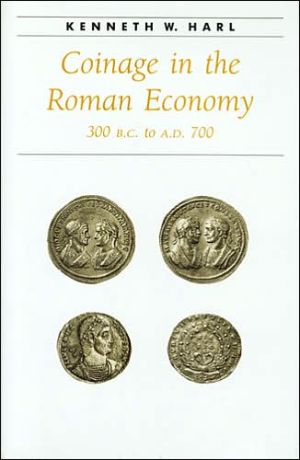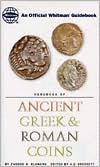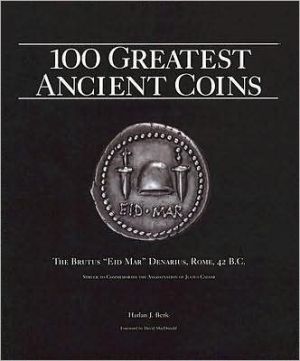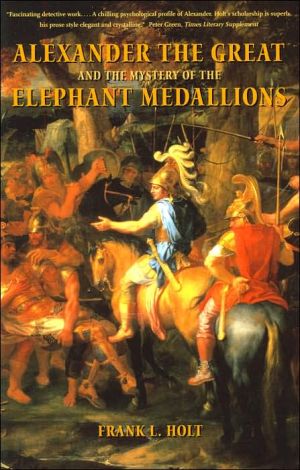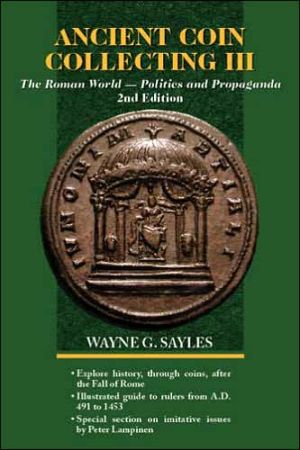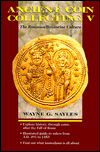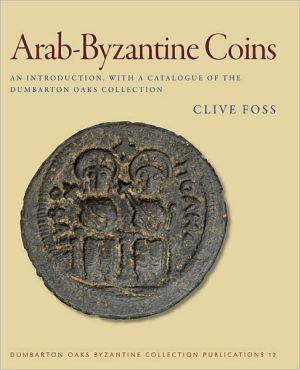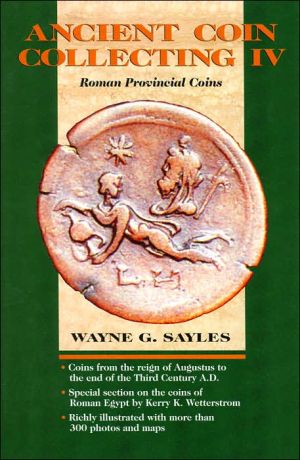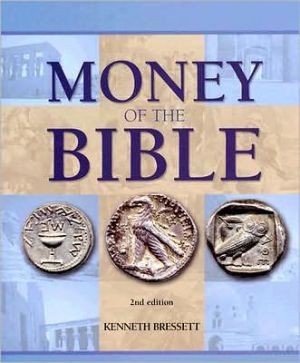Coinage in the Roman Economy, 300 B.C. to A.D. 700
The premier form of Roman money since the time of the Second Punic War (218-201 B.C.), coins were vital to the success of Roman state finances, taxation, markets, and commerce beyond the frontiers. Yet until now, the economic and social history of Rome has been written independently of numismatic studies, which detail such technical information as weight standards, mint output, hoards, and finds at archaeological sites. In Coinage in the Roman Economy, 300 B.C. to A.D. 700, noted classicist...
Search in google:
The premier form of Roman money since the time of the Second Punic War (218-201 B.C.), coins were vital to the success of Roman state finances, taxation, markets, and commerce beyond the frontiers. Yet until now, the economic and social history of Rome has been written independently of numismatic studies, which detail such technical information as weight standards, mint output, hoards, and finds at archaeological sites. In Coinage in the Roman Economy, 300 B.C. to A.D. 700, noted classicist and numismatist Kenneth W. Harl brings together these two fields in the first comprehensive history of how Roman coins were minted and used. Drawing on literary and documentary sources as well as on current methods of metallurgical study and statistical analysis of coins from archaeological sites, Harl presents a sweeping overview of a system of coinage in use for more than a millennium. Challenging much recent scholarship, he emphasizes the important role played by coins in the overseas expansion of the Roman Republic during the second century B.C., in imperial inflationary policies during the third and fourth centuries A.D., and in the dissolution of the Roman Mediterranean order in the seventh century A.D. He also offers the first region-by-region analysis of prices and wages throughout Roman history with reference to the changing buying power of the major circulating denominations. And he shows how the seldom-studied provincial, civic, and imitative coinages were in fact important components of Roman currency. Richly illustrated with photographic reproductions of nearly three hundred specimens, Coinage in the Roman Economy offers a significant contribution to Roman economichistory. It will be of interest to scholars and students of classical antiquity and the Middle Ages, as well as to professional and amateur numismatists.BooknewsAn historical and numismatic study demonstrating how Romans used coined money in payrolls, tax collection, trade, and daily transactions over the course of a millennium. Harl (history, Tulane U.) skillfully blends a love of coins with solid economic history from literary and documentary sources and emphasizes the important role coins played in Roman expansionism (particularly in Egypt), offering a regional analysis of prices and wages throughout Roman history. The author's study often challenges current scholarship, bringing fresh perspectives to accepted economic theories. Includes 267 black and white plates of the coins discussed. Annotation c. Book News, Inc., Portland, OR (booknews.com)
Acknowledgments1Coins, the Money of the Roman Economy12Monetization of Roman Italy, 500-200 B.C.213The Denarius and Overseas Expansion, 200-30 B.C.384The Augustan Coinage, 30 B.C.-A.D. 235735Currencies of the Roman East, 30 B.C.-A.D. 200976The Great Debasement and Reform, A.D. 193-3051257Imperial Regulation and Reform, A.D. 305-4981588The Loss of Roman Monetary Ways, A.D. 400-7001819Government's Aims and Needs20710Coins in the Cities and Markets of the Roman World25011Coins, Prices, and Wages27012Roman Coins beyond the Imperial Frontiers290Appendix: Weights and Measures in the Roman World315Plates319Abbreviations383Notes387Glossary473Select Bibliography485Index515
\ HistoryThis thought-provoking work... should be important reading for scholars in a variety of disciplines. It challenges, for example, the long-held belief that a large-scale drain of Roman specie went to India and the East in the early centuries of the Roman Empire and the concept that the western provinces of the Roman Empire were never completely monetized. These reinterpretations and others, presented forcefully with careful documentation, should arouse the attention of anyone interested in ancient or medieval history, economics, or numismatics.\ \ \ \ \ BooknewsAn historical and numismatic study demonstrating how Romans used coined money in payrolls, tax collection, trade, and daily transactions over the course of a millennium. Harl (history, Tulane U.) skillfully blends a love of coins with solid economic history from literary and documentary sources and emphasizes the important role coins played in Roman expansionism (particularly in Egypt), offering a regional analysis of prices and wages throughout Roman history. The author's study often challenges current scholarship, bringing fresh perspectives to accepted economic theories. Includes 267 black and white plates of the coins discussed. Annotation c. Book News, Inc., Portland, OR (booknews.com)\ \
